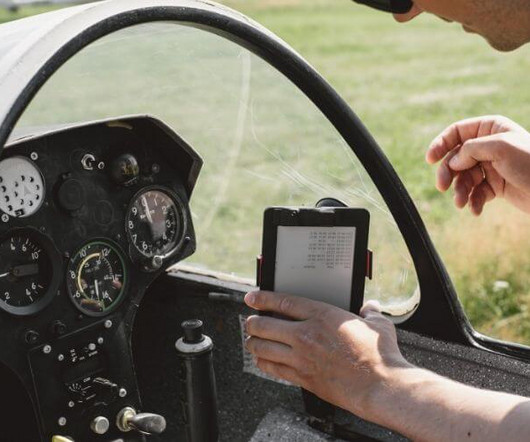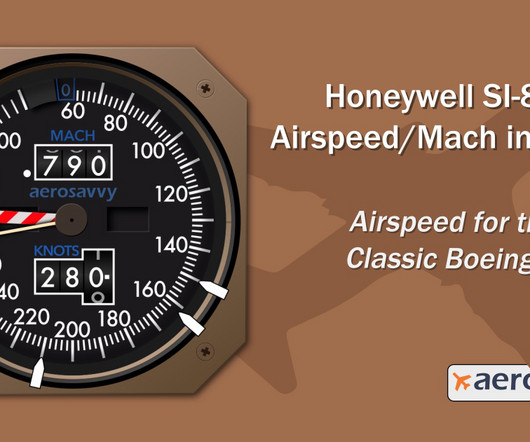Air pressure and density
Professional Pilot
JULY 7, 2025
Every pilot knows that aircraft fly because the forces of lift and thrust balance or exceed the weight and drag countering them. Because density and pressure are directly related, and pressure is easier to measure, we can use pressure altimeters to determine our altitude. inches of mercury (1013.25











Let's personalize your content